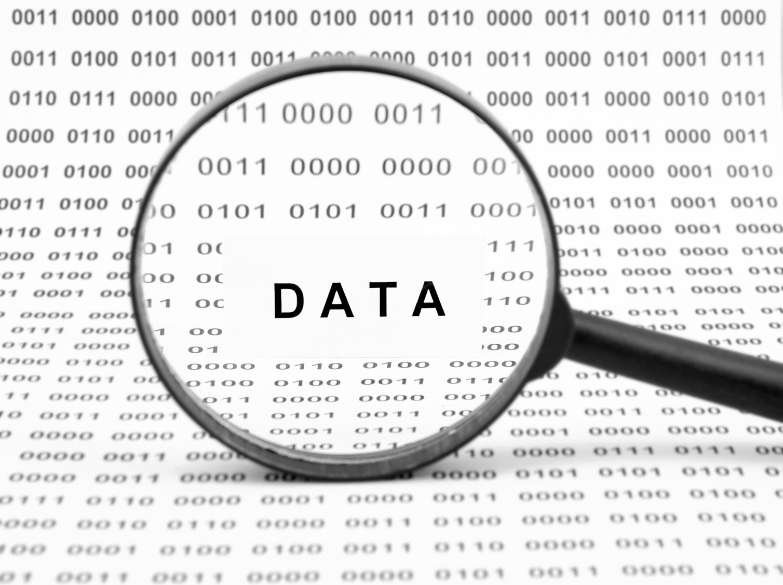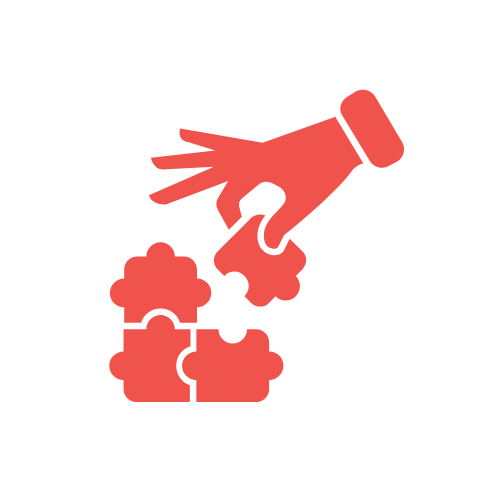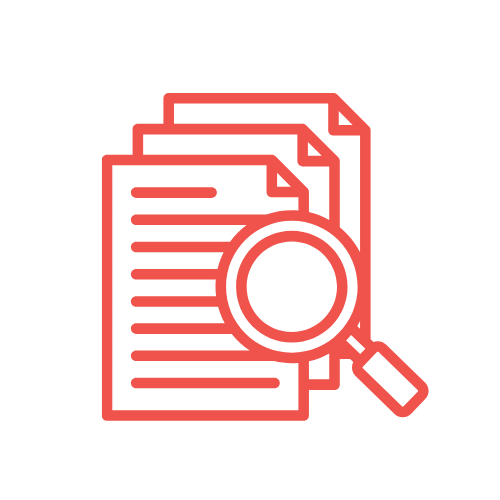The Importance of Epidemiological Biostatistics in B2B
- Home
- Insights
- Article
- The Importance of Epidemiological Biostatistics in B2B
AI and Machine Learning Success
- The Importance of Epidemiological
- Obstacles B2B Companies Face When Using
- How Statswork Assists in Resolving
- Epidemiological Biostatistics
- What is Epidemiological Biostatistics?
- Fundamental Principles and Terminology
- Study Designs Typically Used
- Fundamental Biostatistical Methods
- Software/Tools
- Applications in Public Health
- Frequently Asked Questions
- Conclusion
News & Trends
Recommended Reads

Data Collection
As the data collection methods have extreme influence over the validity of the research outcomes, it is considered as the crucial aspect of the studies
The Importance of Epidemiological Biostatistics in B2B
- 1. Introduction
- 2. DeepHealth’s Diagnostic Suite™: Revolutionizing Radiology Workflows
- 3. Key Features
- 4. AI Impact on National Screening Programs
- 5. SmartMammo™: Enhancing Breast Cancer Screening
- 6. DeepHealth AI Use Cases Across Specialties
- 7. Strategic Collaborations and Ecosystem Expansion
- 8. Impact and Adoption of DeepHealth’s AI Solutions
- 9. Conclusion: The Future of Radiology with AI
- 10. References
May 2025 | Source: News-Medical

How to Ensure Annotation Quality in Your AI Training Data
In the B2B enterprises of pharmaceuticals, public health consultancies, Contract Research Organizations (CROs), health insurance, medical devices, digital health-technology platforms, biotechnology, and health technology, the epidemiological biostatistics underpin the data relied upon for evidence-informed decision making. It allows organizations to:
- Calculate the prevalence of the disease among the intended audience.
- Assess ‘real world’ implementation of interventions.
- Verify health claims for products or digital health solutions.
- Assist in achieving approval from regulatory bodies (e.g., FDA, EMA).
- Identify and monitor environmental threats through market surveillance and pharmacovigilance.
- Provide evidence for health economic outcomes research (HEOR).
Epidemiological biostatistics is about turning data into evidence for evidence-informed decisions while developing products (or solutions), meeting regulatory conditions, and advancing the business.
Obstacles B2B Companies Face When Using Epidemiological Biostatistics
| Challenge | Description |
|---|---|
| Diverse Data Sources | Integrating and analyzing data sources from electronic health records, registries, trials, and wearables requires considerable statistical analysis. |
| Low Internal Statistical Capacity | Most firms do not have an in-house epidemiologist or biostatistician with advanced biostatistical methods and modeling experience. |
| Evolving Regulatory Requirements | Businesses often must comply with the statistical formats and mappings for standards (CDISC), FDA, EMA, and local health authorities. |
| Time Constraints | The existing models in product development cycles, or publication timelines, create very limited time to engage in meaningful biostatistical validation. |
| Changing Study Designs | Adaptive trials, cohort studies, or pragmatic trials often require flexible and continuously updated statistical development. |
| Data Privacy & Governance | Internal review of epidemiological studies must consider means to appropriately analyze that, preserve data security, and comply with data privacy standards (e.g., HIPAA, GDPR). |
| Interpretation & Communication | Biostatistical outputs must be interpreted and communicated into insights that are meaningful for commercial or clinical teams. |
How Statswork Assists in Resolving These Issues
Statswork provides specialized B2B epidemiological biostatistics support, including:
- Advanced modeling (e.g., survival, multilevel, Bayesian)
- Developing a SAP and methodology specifically for clinical and observational research
- Regulatory-grade statistical programming code compliance (SAS, R, Python)
- Interpretation, reporting, and visualization for stakeholders
- Support for Phase I–IV, registries, HEOR, and RWE
- Scalable services for consulting firms, CROs, pharma, MedTech, and health platforms
Epidemiological Biostatistics:
A Brief Introduction to the Researcher’s Perspective Epidemiological biostatistics is the foundation for all research of population health and disease prevention. This guide address the principles, key approaches, and practical aspects of biostatistics in epidemiology. Whether developing an infectious disease study, testing exposure response to a risk factor, or interpreting longitudinal health data, this webpage contains evidence-informed action points for researchers, trainees, and health data analysts.
What is Epidemiological Biostatistics?
In epidemiological biostatistics, statistical techniques are used to examine the distribution and contributing factors of health-related conditions or occurrences in certain populations. It enables researchers to quantify associations between exposures (e.g., risk factors, interventions) and health outcomes, estimate disease burden, evaluate public health interventions, and draw valid inferences from population-based data to inform evidence-based healthcare policies and practices. [1]
Fundamental Principles and Terminology
Here are a few definitions that are noteworthy [3]:
- Prevalence: The proportion of a population that has a disease at a specific point in time.
- Incidence: An event’s incidence is the rate at which it materialises over a given time frame.
- Relative Risk (RR): Relating the risk of disease in exposed populations and the risk of disease in non-exposed populations.
- Odds ratio (OR): A comparison of two populations’ odds of an event.
- Confounding: A confusion of association because of a third, unrelated variable.
- Random Error/Bias: Systematic error in how a study is designed or analysed.
Study Designs Typically Used in
- Image Annotation – Object interfaces next to or in the presence of multiple labels (for instance – inventory/dangerous goods, truck vs vehicle)
- Text Mining/NLP – Legal-based related term polysemy or customer feedback meta data
- Medial Data – Disease labeling differences in patient medical records.
- E-commerc – Where the tagging does not match the behaviour of the customer or product tagging is out of place.
Study Designs Typically Used in Epidemiology
|
1. Cross-sectional: Information is evaluated all at once. |
2. Cohort: A population is followed over time to look at disease development. |
3. Case-control: You look at people with a disease, and compare them to those without the disease and look for exposures. |
|
4. Randomized controlled trials (RCTs): Participants are randomly assigned to one or more interventions; are the gold standard for causality. [1] |
5. Ecological studies: Populations or groups are used to evaluate data. |
Basic Biostatistical Methods in Epidemiology
Biostatistics and public health statistics constitute the basis of epidemiologic research, providing the quantitative methods to: describe distribution of disease, test an hypothesis, evaluate associations, and infer from population level data. Described below, are some foundational biostatistics methods used in epidemiology:
1. Descriptive Statistics • The mean, median, and mode are indicators of central tendency. | 2. Probability and Distributions • Basic rules, conditional probability, and Bayes theorem are examples of probability knowledge. | 3. Confidence Intervals and Hypothesis Testing • Confidence intervals for means, proportions, and risk estimates. |
4. Regression Techniques • Linear regression: Continuous variables (e.g., blood pressure). | 5. Survival Analysis • Kaplan–Meier estimator. | 6. Confounding and Stratified Analyses • Stratification to control for confounders. |
7. Sample Size and Power Calculation • Calculate sufficient sample size (n) to detect a meaningful effect. | 8. Missing Data • Complete case analysis. |
Software/Tools
| Software | Key Actions | Key Packages / Tools |
|---|---|---|
| R | Statistical modeling, DAGs, matching, survival models | survival, MatchIt, dagitty, epitools |
| Python | Causal inference, integration with machine learning | DoWhy, EconML, statsmodels |
| Stata | Epidemiological analysis, IV models, survey data | Built-in: teffects, ivregress, svy |
| SAS | Clinical trials, analyzing health data | PROC PHREG, PROC LIFETEST, macros |
| SPSS | Basic epidemiological statistics, survey data | Complex Samples, Cox Regression |
Applications in Public Health and Clinical Research
|
Pandemic tracking (COVID-19 incidence and vaccine effectiveness) |
Chronic disease modeling (Diabetes or cardiovascular risk modeling) |
Environmental epidemiology (Air pollution and cancer risk) |
|
Pharmacovigilance (Monitoring of drug safety in post-marketing) |
Health disparities (Inequity in distribution of disease) [1] [2] |
Examples of Epidemiologic Biostatistics:
Public Health: To estimate the impact of treatment on health outcomes from a disease.
Policy: To evaluate whether policy decisions have changed parameters in health or economic settings.
Education: To determine the degree to which learners achieve their outcomes through interventions.
Marketing: To determine the effects of a marketing campaign upon uptake or behavior.
Machine Learning: To improve fairness and interpretability measures in algorithms in health.
Frequently Asked Questions (FAQs)
1. How does biostatistics differ from epidemiology?
Biostatistics is the methodology. Epidemiology is the applied area of interest. Therefore, Biostatistics and epidemiology converge to aid in data informed decisions relative to the health of populations. [1] [2]
2. What are some statistical models that I can commonly use?
Epidemiology often employs tools like: logistic regression, survival analysis (Cox), Poisson regression, and multivariable analysis. [2]
3.Can biostatistics be used for real-world evidence (RWE)?
Yes. Biostatistical techniques are the cornerstone of RWE analysis of Health Records (EHRs), registry and observational data. [1]
4. What are some examples of public health data?
NHANES, CDC WONDER, WHO datasets, state health surveys. [3]
5. What statistical software would you recommend for an epidemiologist?
R and STATA used, because they provide flexibility in programming and can model complex data. [3]

Conclusion
Epidemiological biostatistics is the foundation of credible population health research. When data and sound statistical applications are married to a pragmatic study design, researchers can reveal disease patterns, quantify impact of interventions, and shape health policies. If you intend to pursue a career in public health, clinical research, or academia, these tools and methods will be beneficial. [1] [2]
Transform Your Data to Real-World Impact
Are you planning a study? Do you need to validate your real-world evidence? [Talk to a Biostatistics Expert Now]

References
- Rothman, K. J., Greenland, S., & Lash, T. L. (2008). Modern epidemiology (4th ed.). Lippincott Williams & Wilkins.
DOI: 10.1007/s10654-021-00778-w
Access Link:
https://link.springer.com/article
- Kleinbaum, D. G., Kupper, L. L., & Morgenstern, H. (1982). Epidemiologic research: Principles and quantitative methods. John Wiley & Sons.
Google Books Link (Partial Preview):
https://books.google.com/books/about/Epidemiologic_Research.html?id=KaNqAAAAMAAJ
Alternative Info Link:
https://www.wiley.com/en-us - Centers for Disease Control and Prevention (CDC). (2006). Principles of Epidemiology in Public Health Practice (3rd ed.). U.S. Department of Health & Human Services.
Free PDF and Course Materials:
https://www.cdc.gov/csels/




